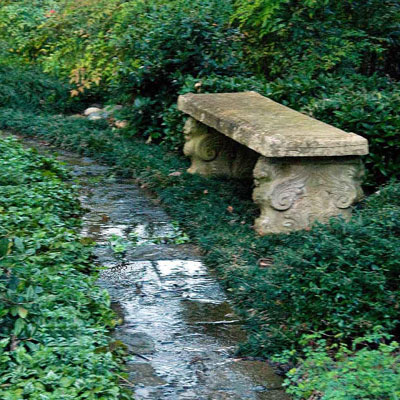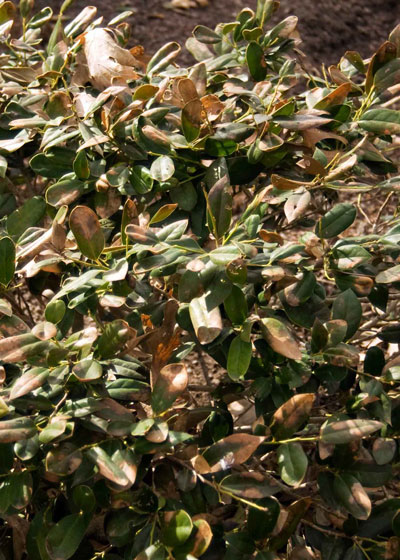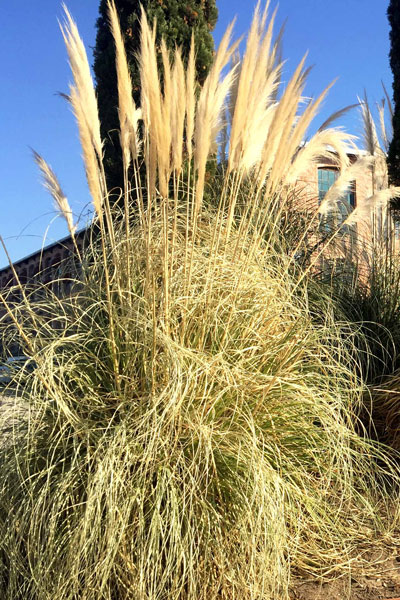Anticipating the Aftermath
Warmer weather is just hours away. This has been brutal, and we’re about to discover just how brutal it really has been to our landscapes and gardens.
I hope you’re able to find a bright light in all this, however. Maybe this is your chance to do some re-landscaping. Those changes you’ve been wanting to make? This can be the big year.
Here’s how we should start…
Once it’s decent enough to work outside once again, here are things you’ll want to do, roughly in the order in which I would suggest them.

• Walk your grounds and look for any signs of water leaks. In parts of Texas, pressurized pipes may have been shallow enough to have frozen. Once they thaw, there may be repairs to be made.
• At the same time, look up at your tree limbs to check for any that might have cracked from the ice, snow or wind. If necessary, call in the help of a certified arborist.
• Brush off the frost cloth to remove accumulated snow and leaves. If it’s coated in ice you may have to wait until that melts. You want to work carefully so you don’t break plants beneath the protection.
• Don’t move hoses that might still contain ice. Let them thaw completely so you don’t damage them.


• Don’t assume that a plant is dead just because it has browned leaves. Stem tissue is actually the better measure. If it has cracked and if it is turning mushy or brittle, that part of the plant is probably lost. But if it remains flexible and bright green when scratched with your thumbnail, leave it alone.
• While you have a few moments, Google the 1990 USDA Plant Hardiness Zone Map. It has been replaced most places with the 2012 map, but the older one has a truer representation of the weather we encounter in Texas – not just in record-setting cold spells like this one, but also in 10-year averages. The newer map moved many countries up too far to the north. That effectively tempted us to try plants that would prove not to be winter-hardy in our area.
When in doubt, always refer to the 1990 map. If you have my book Neil Sperry’s Lone Star Gardening (not in stores and not on Amazon – see ad this issue), see page 5 to compare the two maps.
• As for perennial gardens, they will be fine. Remember that most perennials grow quite well clear to the Canadian border. This week was average for one of their winters.
• Your flower and vegetable planting schedules may need to be tweaked. Remember that hot weather is the enemy for many of our spring flowers and vegetables. Plant at the right time, or if you’ve missed that time due to the cold, just move on to other crops.
